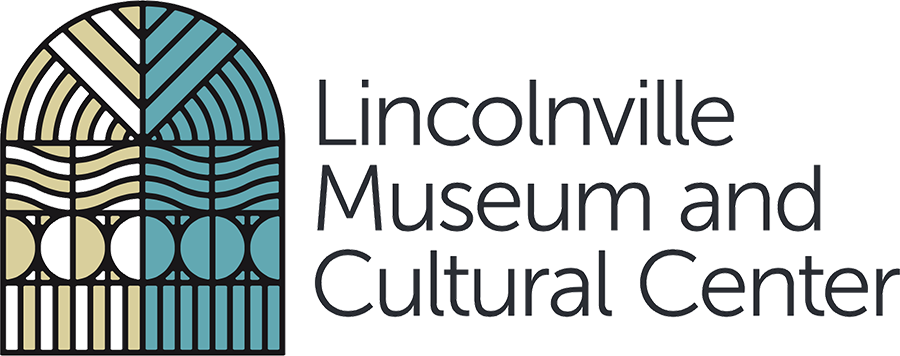Meet the Guests!
Dana King is an American broadcast journalist and sculptor. She served as an anchor for the CBS owned-and-operated station KPIX-TV in San Francisco. In 2012, King left KPIX to pursue her passion in sculpting and art.
She is a classical figurative sculptor who creates public monuments of Black Bodies in Bronze. She studies the strength and resilience of African descendants and creates pieces made of clay with her hands that are then cast in bronze.
King’s work explores a subversive concept in a traditional form. She rescues everyday Black American heroines/heroes from unjust obscurity and then ennobles their tenacity and courage through figurative sculpture, recontextualizing a medium often used to elevate Eurocentric and white supremacist statuary. King prefers sculptures because they inhabit space and space is power. She believes sculpture provides an opportunity to shape culturally significant memories that determine how African descendants are publicly held and remembered.
King’s sculptures link generations by revealing common threads: shared values, experiences, and aspirations. She knows they help those alive today compare and contrast their world with that of social pioneers, both enslaved and free, whose courage and commitment to excellence helped create modern society.
Equity and justice are integral to Dana King’s art practice.
Charlie Cobb
Charles "Charlie" Cobb is a civil rights activist, journalist, and author. Decades before becoming a journalist with NPR and PBS, Charlie Cobb was active in the Civil Rights Movement and trained younger workers in the Student Nonviolent Coordinating Committee — the organization that prepared students for lunch counter sit-ins.
Cobb’s most well-known contribution to SNCC was the memo he wrote proposing Freedom Schools as part of the 1964 Mississippi Summer Project. These schools, he wrote, needed “to get them to articulate their own desires, demands, and questions…to stand up in classrooms around the state and ask their teachers a real question.” Young people, Cobb believed, had important useful energy that could be applied to the problems in their communities; they could help build movements that would bring about meaningful social change.
Charles Cobb’s book, This Nonviolent Stuff’ll Get You Killed: How Guns Made the Civil Rights Movement Possible, focuses on the seldom-told role of armed self-defense within the context of a nonviolent movement. He also has a book entitled On the Road to Freedom: A Guided Tour of the Civil Rights goes into detail on places where pioneers of the movement marched, sat-in at lunch counters, gathered in churches; where they spoke, taught, and organized; where they were arrested, where they lost their lives, and where they triumphed.
James Jackson
James Jackson was involved in the St. Augustine Civil Rights Movement since the age of 19. Dr. Robert B Hayling, St. Augustine’s “Father of the Civil Rights Movement” and dentist, appointed him to lead the NAACP’s youth council.
In September 1963, the Ku Klux Klan abducted James Jackson along with Hayling and other activists. They were brutally beaten — "We were nearly lynched,” he recounted — and just narrowly escaped with their lives after being rescued by local police. Jackson played a pivotal role in the Monson Motor Lodge wade-in protest in which he provided transportation for the kids participating in the protest. For his involvement, him and Dr. King were arrested.
Today, he is still involved in the community and fights for what he believes in. His legacy, he hopes, is that he will be remembered as “an individual that fought for the downtrodden and was always willing to extend my hand to my fellow man — be he white, black, polka dot or green.”
As a native of Louisville, Kentucky, Marcus grew up with aspirations of becoming a pro football player, but his goals changed after having committed over 13 years of his young life to the U.S. Navy honorably. During this time, his love for jazz grew by listening and learning from the late Grover Washington, Jr., David Sanborn and Kirk Whalum, to name a few. Marcus says on one account,” I became truly inspired by a phone call from the late saxophonist, George Howard, a conversation I’ll never forget.” Surprisingly, Marcus would find himself with Rebbie Jackson (sister of Jacksons; Janet Jackson) during her show in Las Vegas. He knew his life was being routed towards a musical journey.
During Marcus’s musical journey, he has received encouragement from famed percussionist, Sheila E. and fellow saxophonists: Nelson Rangell, Najee, his sax mentors: Joe Yorio (Toured with Peabo Bryson), Mel Holder (Grammy & Stellar Award Nominee).
In 2019, Marcus won the AMG’s Instrumentalist of the Year Award. Also, he has released music singles that have climbed the charts. Notably, his single, “Brand New Day”, was produced by International Recording Artist, Jonathan Fritzen. It debuted #1 for the most spins (1st week in rotation) for Billboard Smooth Jazz radio stations. Also, “Together We Stand” charted on SmoothJazz.com Top 50 list and is currently spinning on Sirus XM Radio’s Watercolors and the Music Choice Network.
Stay connected with Marcus via his website and please subscribe/follow him on his Social Media Platforms.





